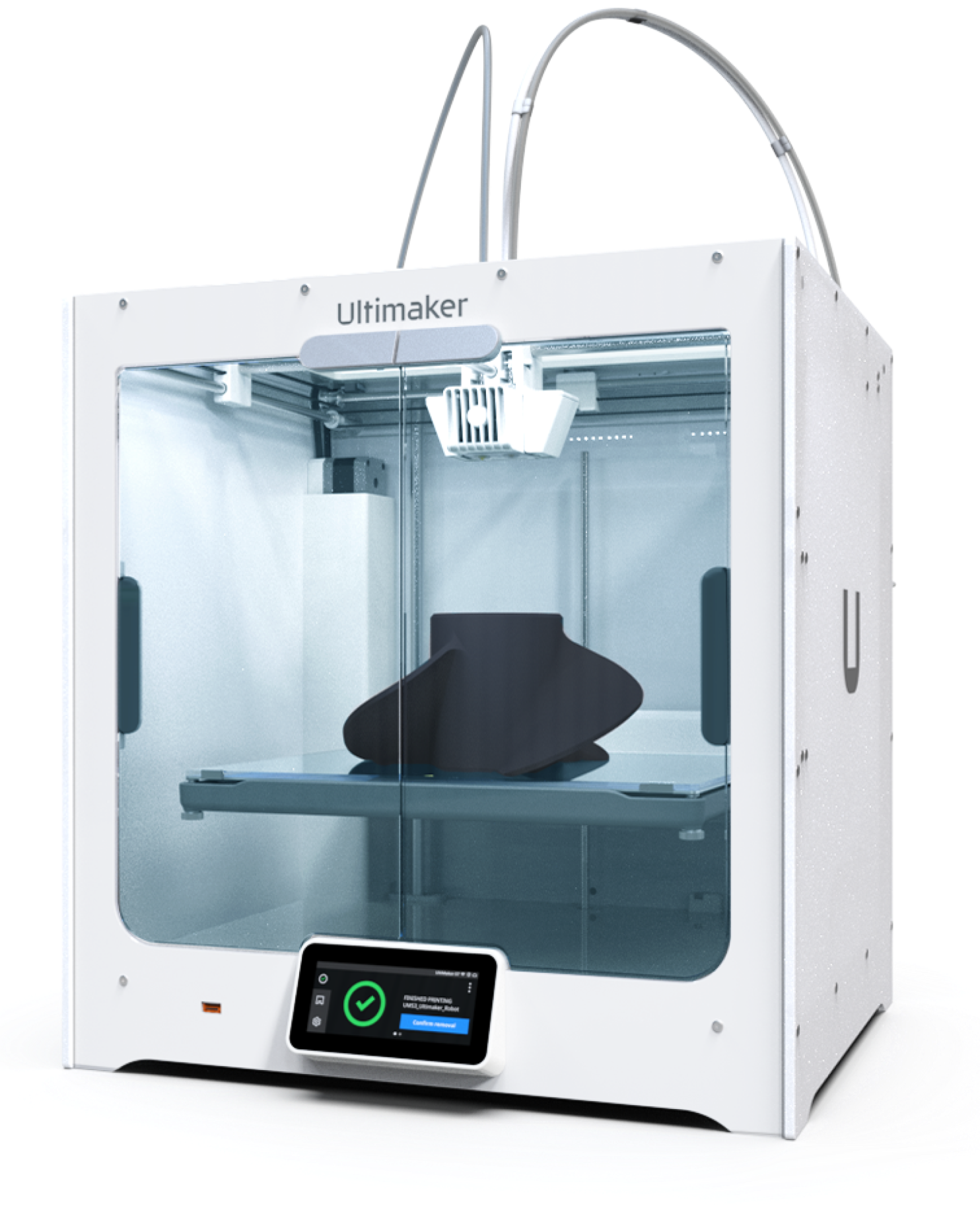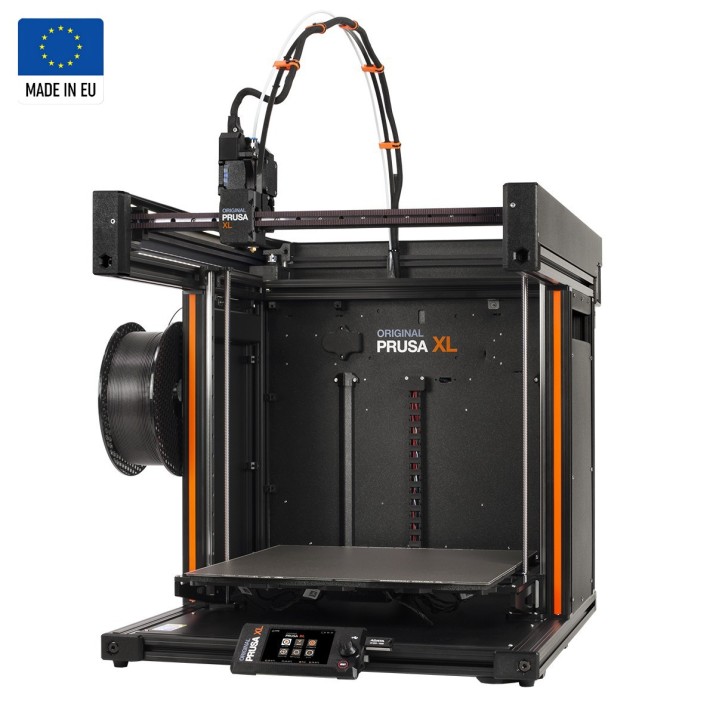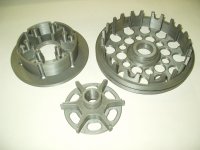I searched but couldn't find anything current on the forum. Google searching is many days days of reading down a rabbit hole that never ends.
Background: I use Solidworks and Camworks, a currently run a Fadal 4020, a Masteel CNC Lathe with a Fagor controller, and a Onsrud CNC router with a Fanuc control...more or less self taught in all of this for my main work for my family's business.
I moved last year 5 hours from the business, so lately I program and do everything remotely with the help of employees at the business while I am currently building and setting up a shop here to bring the Fadal and Masteel Lathe here. I live in the woods, small town 30 minutes away, anything you could call a small city is 3/4hours away, 5.5 hours for a real city.
What I think I need:
I have been making my own products for years, and have machining and fabricating my prototypes the old fashion way, but would like to start 3d printing some stuff to check fitment, ergonomics, and overall look prior to actually making a real one.
Ideally bigger the better for print size, but at a minimum I think a 12" x 12" x 6" envelope would be enough to get me started. I have learned I like making smaller parts over the years.
What kind of machine would beginner friendly and would be as good mid level machine quality wise? I don't want garbage parts and I don't want to have to spend hours tweaking it to make it work. Willing to pay more for ease of use.
Background: I use Solidworks and Camworks, a currently run a Fadal 4020, a Masteel CNC Lathe with a Fagor controller, and a Onsrud CNC router with a Fanuc control...more or less self taught in all of this for my main work for my family's business.
I moved last year 5 hours from the business, so lately I program and do everything remotely with the help of employees at the business while I am currently building and setting up a shop here to bring the Fadal and Masteel Lathe here. I live in the woods, small town 30 minutes away, anything you could call a small city is 3/4hours away, 5.5 hours for a real city.
What I think I need:
I have been making my own products for years, and have machining and fabricating my prototypes the old fashion way, but would like to start 3d printing some stuff to check fitment, ergonomics, and overall look prior to actually making a real one.
Ideally bigger the better for print size, but at a minimum I think a 12" x 12" x 6" envelope would be enough to get me started. I have learned I like making smaller parts over the years.
What kind of machine would beginner friendly and would be as good mid level machine quality wise? I don't want garbage parts and I don't want to have to spend hours tweaking it to make it work. Willing to pay more for ease of use.









